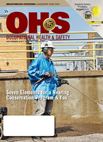
September 2017
- INDUSTRIAL HYGIENE/IAQ: Taking a 'Whole House Solution' Approach to IAQ
- MATERIALS HANDLING: Engaging Our Mature Workers for Better Stability
- FOOT PROTECTION: Improving Health and Productivity with an Insole Program
- FOOT PROTECTION: Stand Your Ground
- HEARING PROTECTION: Seven Elements for a Hearing Conservation Program & You
- HEARING PROTECTION: Wired for Sound and at Risk for Hearing Loss
- HEARING PROTECTION: New ANR Technology in Triple Hearing Protection
- NSC 2017 PREVIEW: Safety Shines Brightly in Indy This Month
- ERGONOMICS: Workplace Wellness: The Role of Ergonomics and Movement
- EMPLOYEE DRUG & ALCOHOL TESTING: The Cost of Non-Compliance
- EMPLOYEE DRUG & ALCOHOL TESTING: Get Out Your Checkbook: What Legalized Marijuana is Going to Cost
- PREDICTIVE ANALYTICS: Incorporating JSAs Into Your Safety Process
- EMPLOYEE GIFTS & INCENTIVES: Safety Incentives: Why One Size Does Not Fit All
- EMPLOYEE GIFTS & INCENTIVES: Safety Incentives: It's a Small World After All
- DEFIBRILLATORS & CPR: Employees Unprepared for Cardiac Emergencies at Work
- COMBUSTIBLE DUST: Why You Shouldn't Put Off Your Safety Initiatives, Even When OSHA Rules Are Delayed
- TRANSPORTATION SAFETY: Will Electronic Logs Change Your Safety Culture?
- FACILITY SAFETY: Making Safety Part of a Company's DNA
- FACILITY SAFETY: Rethinking Chemical Security Risks
- INDUSTRIAL SAFETY: Safe Alternatives to Compressed Air
Cover Story
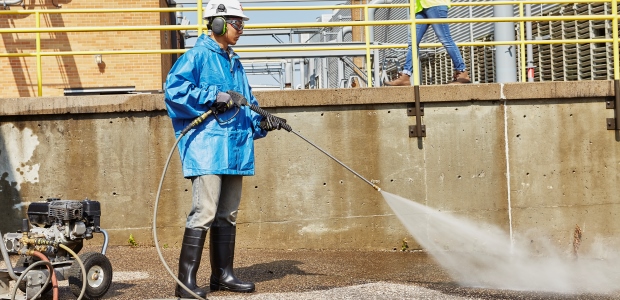
By Laurie Wells, Ted Madison
Follow these steps to ensure you have an effective hearing conservation program.
Features

By Nima Khakzad, Pieter Vermaas, Genserik Reniers
There is a need for a value-driven security risk assessment in chemical clusters.

By Mary Padron
Sound-level meter apps available for smart phones "can have a tremendous and far-reaching impact in the area of noise control," says the CDC.
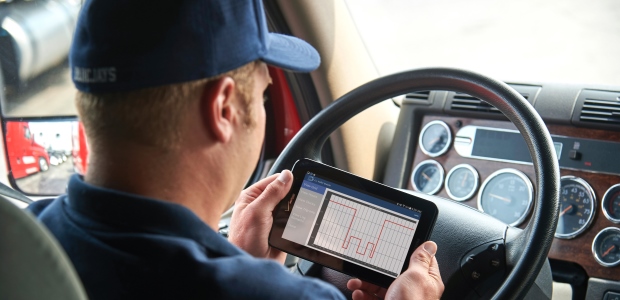
By Mark Schedler
Follow these five steps to prepare for the collision of culture and technology.
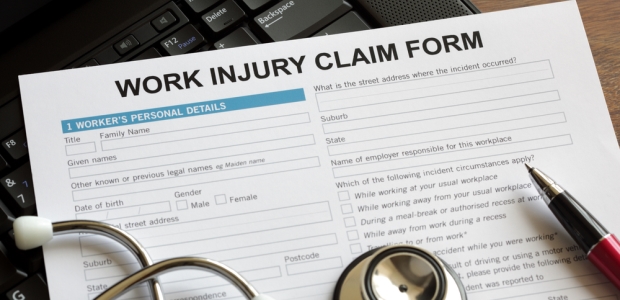
By Deborah Lechner
By incorporating movement into the work day, employees can also reduce their risk of work-related musculoskeletal disorders.

By Peter Fromm
More than half—56 percent of respondents in a new AHA-commissioned survey—said that they do not know the location of the AED in their workplace.
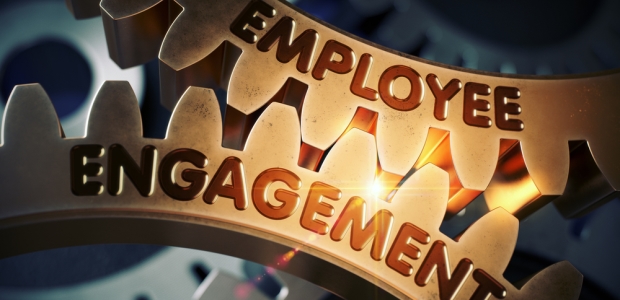
By Jerry Laws
No ethical incentive provider would create a program to discourage reporting—tracking safety issues is an integral part of making a workplace safer!

By Madeleine Cissna
There is a certain class of occupational environments where engineering controls are not feasible and double hearing protection is inadequate.
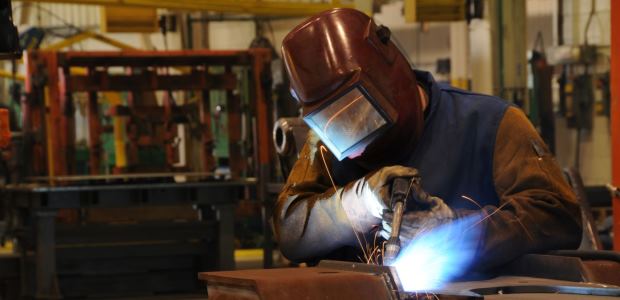
By Adam Croskey
A comprehensive safety analysis should not be limited to the facility. It should also include a review of all tasks and processes, giving priority to high-risk areas.

By Jerry Laws
There will be plenty to learn and do at the NSC Congress & Expo in downtown Indianapolis.
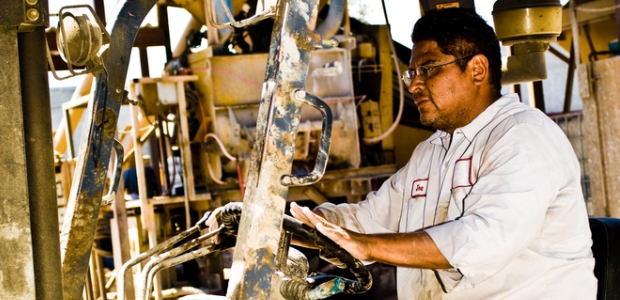
By Diana Schwerha
Prioritization of tasks and planning the work are the keys to keeping the momentum of the team.

By Nina M. French
With such overwhelming support, one could assume that legalization has clear benefits for everyone. That assumption is not only costly, it could prove to be dead wrong.

By Bill Judge
State mandatory law compliance and state marijuana law issues are certainly concerns that company program managers must deal with. However, ADA issues may be far more problematic.

By Lori Hyllengren
Slip resistance is a challenge. It's ideal to work with a safety footwear provider who understands the tradeoffs and can help advise your organization on the right product for the work environment.

By Jane Larson
It's finding the right blend of motivators that makes the difference between a successful program and one that just bumps along.
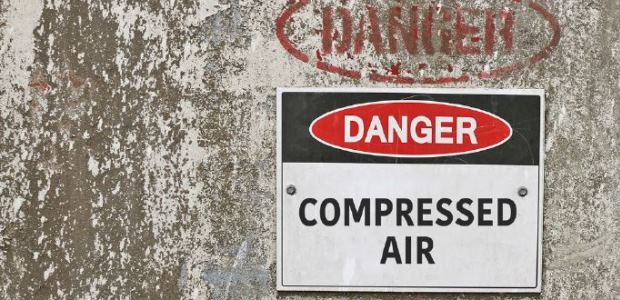
By Michael Hurley
Growing awareness of the dangers and potential liabilities of compressed air has industries and institutions exploring new options.

By Dr. Kevan Orvitz
Feet are the foundation of the body, carrying the burden of weight while supporting the knees, back, and hips.
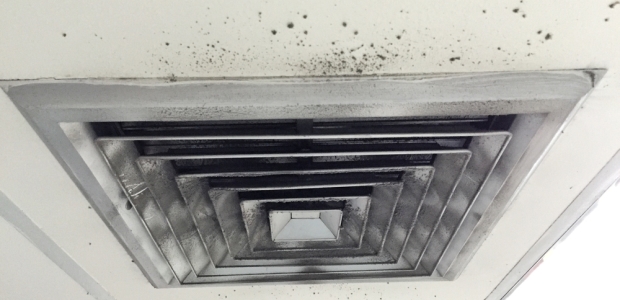
By Jim Shelton
Accumulation of biological pollutants can result in hazardous health effects for occupants, as well as structural damage to the building.
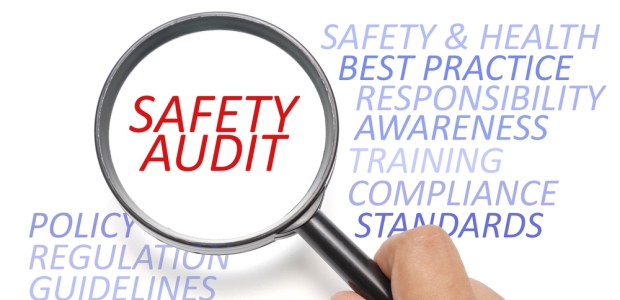
By Franco Marabotti
All information captured by you and your team can be further analyzed and used in order to predict, mitigate, and avoid risk.
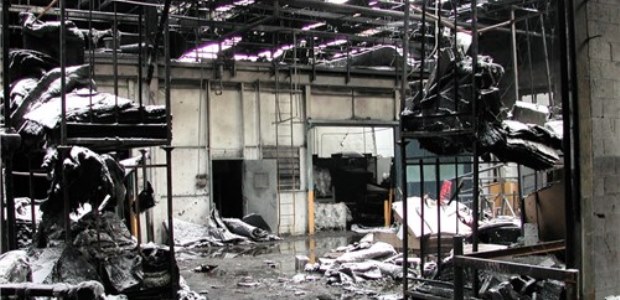
By Jamie O'Neill
Just because some rules are delayed doesn't mean they're off the table. In fact, many experts believe they will still move forward, possibly in their current form.
Departments
By Robert Pater
How many of us have adopted a strategy because it was easy, even though it was ineffective?
By Jerry Laws
NIST researchers are laying the technical groundwork for manufacturers to develop accurate devices.
By Shawn M. Galloway
Are the things you are doing adding value? Are levels of compliance increasing? Are beliefs and behaviors changing?